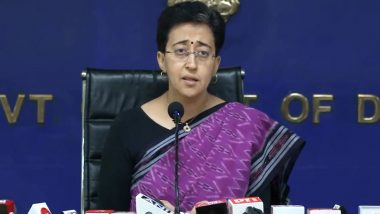According to an official data from 2017 shows that bathing in Ganga at Sangam, where the Yamuna meets it in Allahabad, could expose people to levels of the faecal coliform (FC) that are five to 13 times the permissible limit. This limit is unsafe for bathing. FC bacteria such as E. coli are found in excreta that contaminates water through untreated sewerage. The permissible limit for FC is 2,500 MPN (most probable number)/100 ml, while the desirable level is 500 MPN/100 ml.
Central Pollution Control Board (CPCB) data shows that pollution levels were high centred around holy sites, where high pollution density and activities add to the pollution load. An analysis of 2017 data from state pollution control boards in five states – Uttarakhand, Uttar Pradesh, Bihar, Jharkhand and West Bengal – through which the Ganga flows shows that water quality in the river was abysmal in Bihar and Uttar Pradesh in 2017 mostly because of faecal pollution. In UP, 50% of the 16 stations and in Bihar, 88% for which latest FC data is available for 2018, did not meet desired standards.
Speaking on condition of anonymity, CPCB official said, “There is an index for air quality, but it is more difficult to develop an index for water. It is different from an environmental point of view and from a human health perspective. Faecal coliform is dangerous to human health.” Anil Kumar Singh, an official at the UP-Pollution Control Board, said that the high levels of pollution were due to discharge of untreated domestic waste. “Treatment capacity (in Varanasi) is about a quarter of the total discharge,” he said. The largescale diversion of water has made the problem worse as depleting water flow raises the concentration of pollutants.
The Namami Gange programme, launched in May 2015, earmarked Rs. 20,000 crores for the rejuvenation of the river. Though Rs. 19,630 crores have been approved for funding 192 projects, only 49 projects have been completed so far. Pollution levels fluctuate with higher water flow during and after monsoon diluting contaminant levels. “However, pollution has reached such levels that rivers like the Yamuna are polluted throughout the year,” the CPCB official said.
(The above story first appeared on LatestLY on Mar 29, 2018 10:41 AM IST. For more news and updates on politics, world, sports, entertainment and lifestyle, log on to our website latestly.com).













 Quickly
Quickly




















